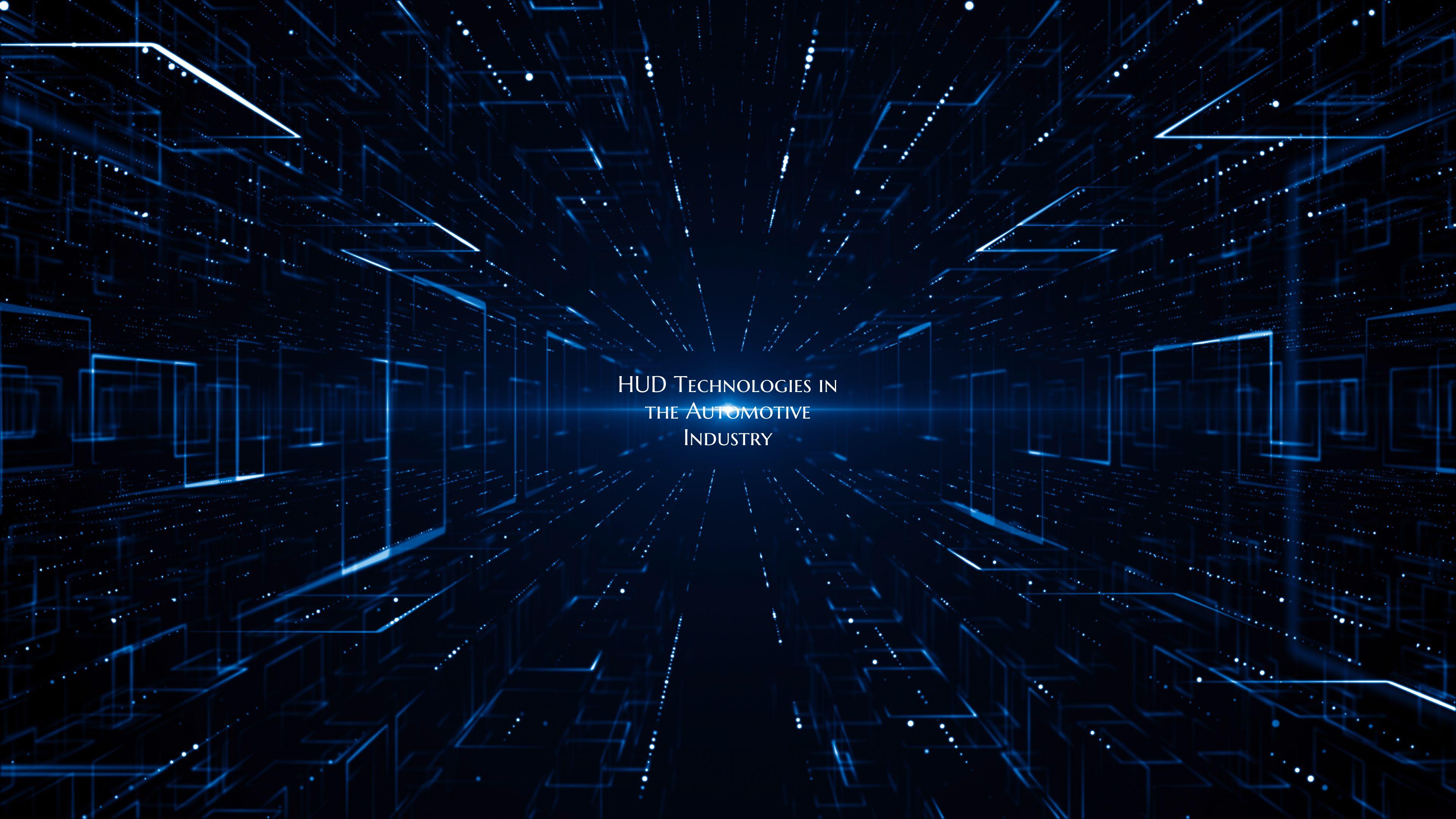HUD Technologies in the Automotive Industry
Head-Up Display (HUD) technologies have revolutionized the automotive industry by offering drivers crucial information without diverting their attention from the road. These systems project information onto the windshield, allowing drivers to access data such as speed, navigation instructions, and vehicle alerts while keeping their eyes focused ahead. As consumers demand more advanced safety features and connectivity in vehicles, HUD technologies have become increasingly popular among car manufacturers.
One of the key benefits of HUD technologies is their ability to enhance driver safety. By providing essential information directly in the line of sight, HUD systems help reduce the need for drivers to look away from the road, thus minimizing distractions and improving overall focus. This feature is particularly valuable in today's fast-paced driving environments where split-second decisions can make a significant difference in preventing accidents.
Furthermore, HUD technologies in the automotive industry have evolved to offer a wide range of functionalities beyond basic information display. Advanced systems now include features such as lane departure warnings, collision alerts, and adaptive cruise control data, further assisting drivers in navigating challenging road conditions and increasing situational awareness.
In addition to safety benefits, HUD technologies also contribute to a more convenient and connected driving experience. Drivers can customize the information displayed on the windshield to suit their preferences, whether it be navigation directions, music playlists, or incoming calls. This level of personalization enhances the overall driving experience while promoting better interaction with in-vehicle technology.
Looking ahead, the integration of augmented reality and artificial intelligence into HUD technologies holds the potential for even more groundbreaking advancements in the automotive industry. These developments could further enhance driver-assist systems, provide real-time hazard warnings, and create immersive driving experiences that seamlessly blend the digital and physical worlds.
In conclusion, HUD technologies have undoubtedly transformed the automotive industry by prioritizing safety, convenience, and connectivity. As these systems continue to advance, they are poised to play an increasingly vital role in shaping the future of driving, offering drivers a more intuitive and interactive way to stay informed and in control behind the wheel.

